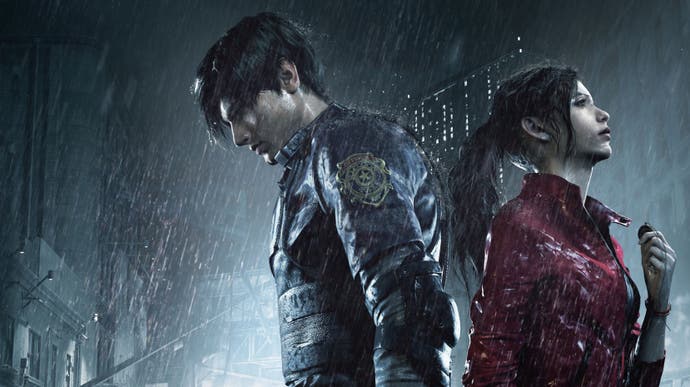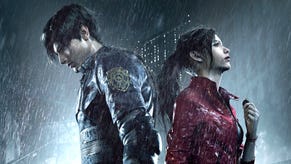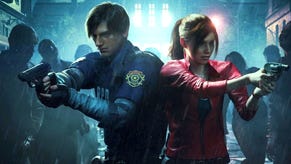Resident Evil 2 Remake takes Capcom's RE engine to the next level
Advanced effects push consoles harder - we take a look at every version.
At the tail-end of last week, Capcom delivered a multi-platform release of the Resident Evil 2 Remake - the so-called '1-shot' demo that gives users just 30 minutes to play a very small portion of the full game. It's shaping up to be a beautiful game that sees the consoles push higher-end features of the foundation RE engine for the first time, and it also sees the developer make some fascinating technical choices for both the vanilla and enhanced consoles. Meanwhile, the PC version opens up a vast array of possible settings, but based on the experience the demo delivers, the top-end experience does require some meaty hardware.
So just how does the remake push the RE engine harder than before? All versions of the demo showcase a filmic per-object motion blur, each surface that is smooth enough receives screen-space reflections, and the game makes extensive use of volumetric lighting and a bokeh depth of field. We'll be looking at the final version more closely to fully confirm this, but the lavish volumetric effects look quite a lot like the frustum voxel aligned type we have seen in many games this generation, giving any and every light a chance to illuminate the fog.
When all of those effects are combined together, we are looking at a highly atmospheric and smooth-looking game - and that is just the environments. Character modelling is also top-notch with realistic animations both in and out of cutscenes, and a lot of weight and physicality - from the way zombies react to the velocity of your gunfire, all the way down to the subtle animation on Leon's hair as he trudges down the dark hallways. There are other technical tricks designed to showcase the high fidelity assets: when you bring the camera on around Leon up close, the game spawns a tight shadow-casting light directly above his head, following the camera. It may not be physically correct, but it serves to highlight the lifelike details of the player model - another neat trick for the smoke and mirrors that is real-time rendering.
While the game's internal artwork looks impressive, performance and resolution changes significantly according to the platform you play on. Both Xbox One and PlayStation 4 deliver a 1080p resolution - but there are some artefacts suggesting that the Microsoft console is reconstructing from a lower base resolution, obscured somewhat by the temporal anti-aliasing solution. Looking at camera cuts where TAA cannot be applied, sometimes the base resolution looks markedly lower for a few frames, while other similar shots seem to resolve a native 1080p. This is something we'll look at in more depth on final code. Switching over to the beefier enhanced consoles, 1620p is our preliminary guess for both consoles - but again, there is some evidence of reconstruction. We can ascertain this by using the PC version with its fully configurable resolution selection, and comparing the same scenes.
Beyond that, from a visual standpoint, the only differences between the consoles we can determine would be a slightly different look to the depth of field and screen-space reflections on all platforms - possibly owing to the differences in rendering resolution that they may be tied to. It's interesting to note here that the effects on PS4 Pro look a little chunkier than the Xbox One X equivalents, which may suggest reconstruction from a lower resolution. Of course, this is demo code and may not be representative of the final product - certainly, this area of the game was the focus of the playable demo I experienced at EGX Berlin, right down to the 30-minute time limit, suggesting that the code may lack some of the optimisations of the final product.
That said, the game is two weeks out from release, so one might assume that Capcom would prefer the demo to fully represent the game to come. And with that in mind, there's a fascinating approach to the base and enhanced console versions of the game. Xbox One X and PS4 Pro stick doggedly to the target 60 frames per second, while the base consoles run unlocked. In practise, PS4 runs at 40-50fps while Xbox One lurks just above 30fps with some spiky jumps into the 40s. Based on the inconsistencies seen here, I do wonder whether an optional 30fps cap might have been a good idea.
The demo is also available on PC, which opens the door to higher resolutions and frame-rates. I tested the game in two configurations - first of all, I used a Core i5 8400 (six cores, 3.8GHz max all-core turbo) paired with an RX 580 and GTX 1060, the current mainstream champions for 1080p gaming. Both of these GPUs can easily run the demo at max settings at 1080p, and with some minor tweaks to post-processing and volumetric quality, a locked 1440p60 is also possible. Even a non-reconstructed 1620p is doable on these cards, but if you're looking to run everything at max settings at native 4K, the RTX 2080 Ti (which I tested with a Ryzen 7 1700X) is the only game in town - and even here, a couple of scenes do see occasional drops.
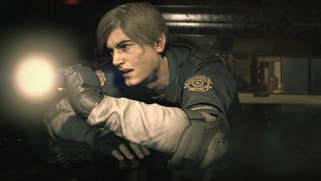
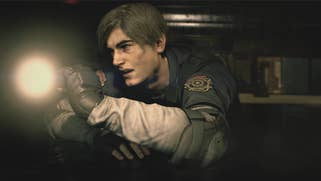
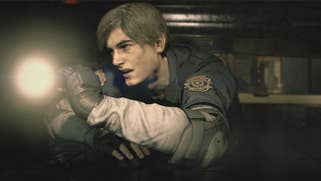

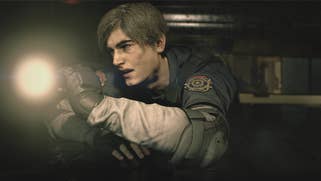
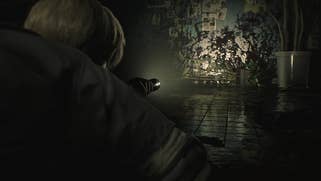
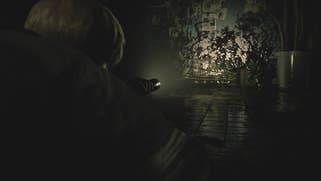
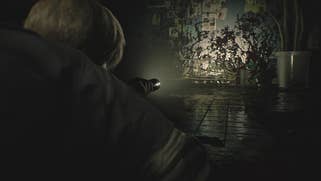

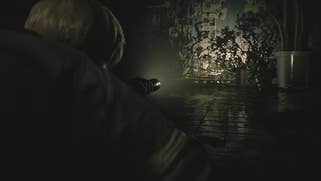
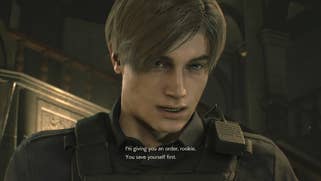

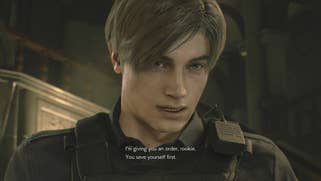
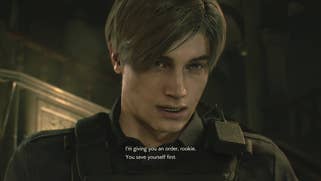
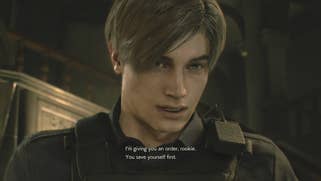
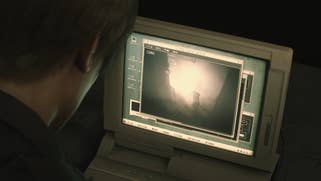
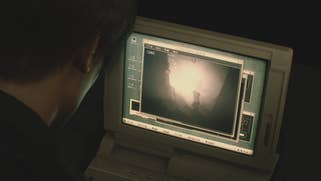


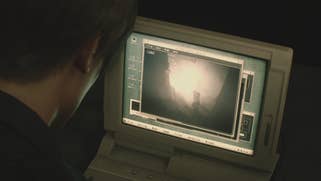
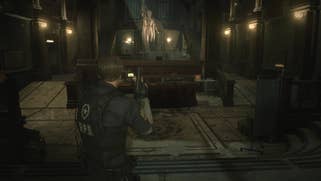
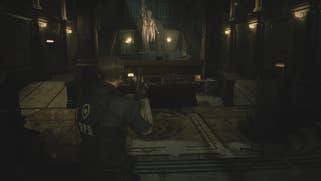
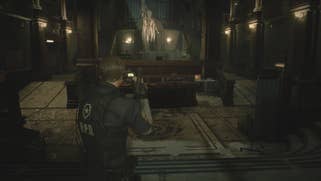
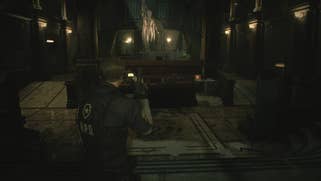
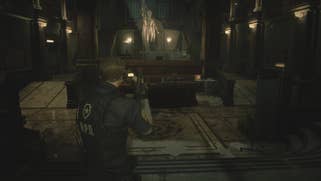
One curiosity about the PC version concerns the demo's VRAM meter, which is designed to offer up an idea of the amount of memory required to run the game at your current settings. At 4K resolution, this can hit a giddy 15GB (!), but in the here and now at least, I suspect that this may be inaccurate. The demo doesn't exactly run well at 4K on a GTX 1060 6GB (20-30fps at max settings) but there's none of the stutter associated with texture swapping. Having tested 6GB, 8GB and 11GB graphics cards, the game seems to stream in assets according to how much VRAM is available, topping out at around 9.5GB on an RTX 2080 Ti. How this will all extend to the final game and more expansive environments remains to be seen. The same applies to the demo's DX12 implementation - this currently has a severe performance penalty on both AMD and Nvidia hardware, and I hope to see improvement here in the final build.
I'd also really like to see the option to eliminate half-rate animations on the PC version. On a standard 60Hz display, characters that are rendered a set distance away from the player see their animation rate drop down to 30Hz. Move closer to the character in question and the fluidity of the animation doubles to full 60Hz. Once seen, it's difficult to unsee - and it applies to all versions of the game. This technique is used in many, many titles to reduce on CPU load, but typically, the transition point is a lot further away from the player than it is here. On PC, the CPU burden of the Resident Evil 2 Remake is very small (in the demo, at least) so the need for half-rate animations is eliminated almost entirely - but even with the highest settings, this blemish remains. Hopefully it will be addressed!
In conclusion, I had a great time with this sampler and obviously, it's well worth checking out - and I think it hits its sweet spot on PC and the enhanced consoles. The combination of Capcom's latest, cutting-edge rendering technology paired with a carefully crafted remake of a classic PlayStation title is coming together nicely, and I'm eagerly anticipating the final retail game.
